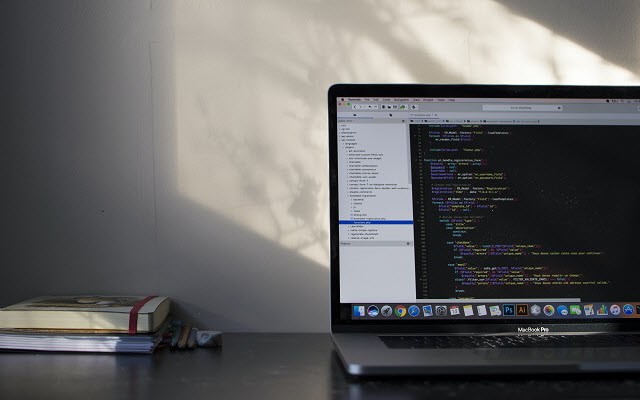This article introduces a solution for building scalable and efficient mobile app backends using the Go programming language and Alibaba Cloud Function Compute infrastructure.

Qwen 2.5 Coder 32B Instruct is a game-changing technology that can help you coding smarter, not harder.

This article introduces the new advancements and technical details of Alibaba Cloud in the Java-virtual-thread project.

This article explores optimizing the process in Java through pattern design and tooling to reduce code redundancy and improve development efficiency and quality.

This article introduces the troubleshooting process of a log entry fault caused by a Tomcat upgrade and provides valuable reference and solution ideas for developers.

This article records the system errors caused by a line of log and the author's approach to solving the problem.

This article provides theoretical explanations and demonstrates how to apply the Stream API to solve common programming problems through practical code examples.

The article discusses the implementation principles and source code analysis of Java thread pools, as well as best practices for using thread pools in business applications.

This article guides you to learn lock-free programming.

This article analyzes the root cause of Kotlin coroutine deadlock and how to completely avoid this problem.

Bài viết này hướng dẫn cách học và trải nghiệm không cần thẻ ngân hàng cho sinh viên.

This article analyzes the vectorization technology, explains SIMD instructions, and introduces how to write standard vectorized code.

This article summarizes retry techniques in the face of service failures and provides an analysis of the source code of retry tools and components.

The focus of this article is maximizing SQL capabilities. It explores a unique approach, using basic syntax to solve complex data scenarios through flexible and divergent data processing thinking.

This article details the troubleshooting process of TCP handshake disorder, providing a summary and learning record of TCP implementation.

This article introduces Teaclave Java and how to ensure Java application security.

This article discusses the most classic diet (Diet) problem in mathematical programming.

This article introduces the Coolbpf project’s new lightweight scripting programming feature: Lightweight Coolbpf (LWCB).

Part 1 of this 2-part series discusses the method of determining Redis slowdown.

Part 2 of this 2-part series explains how to improve Redis performance.
